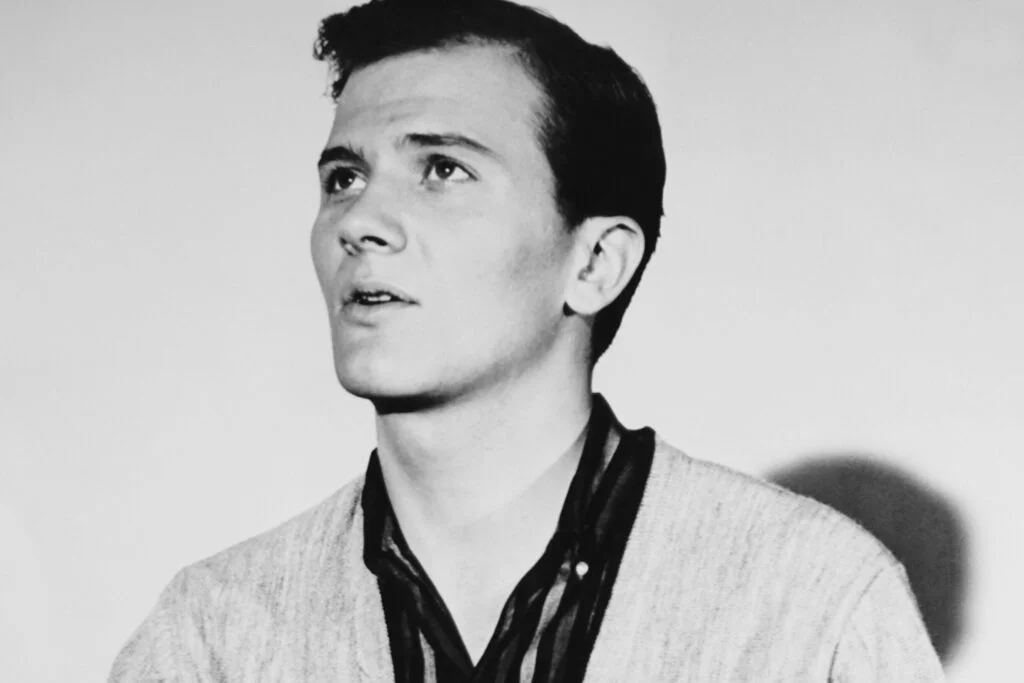Remember when the world seemed to revolve around certain stars who could do no wrong? The 1960s gave us cultural icons who commanded attention like modern-day monarchs, gracing magazine covers and inspiring screaming fans wherever they went. These personalities didn’t just entertain us—they shaped how we dressed, talked, and even thought about the world around us.
But fame, as we’ve learned time and again, can be fleeting. The very same figures who once seemed untouchable eventually found themselves pushed aside by changing tastes, new trends, and the relentless march of time. Let’s take a nostalgic journey back to remember these beloved icons who once ruled our hearts and airwaves.
1. Pat Boone
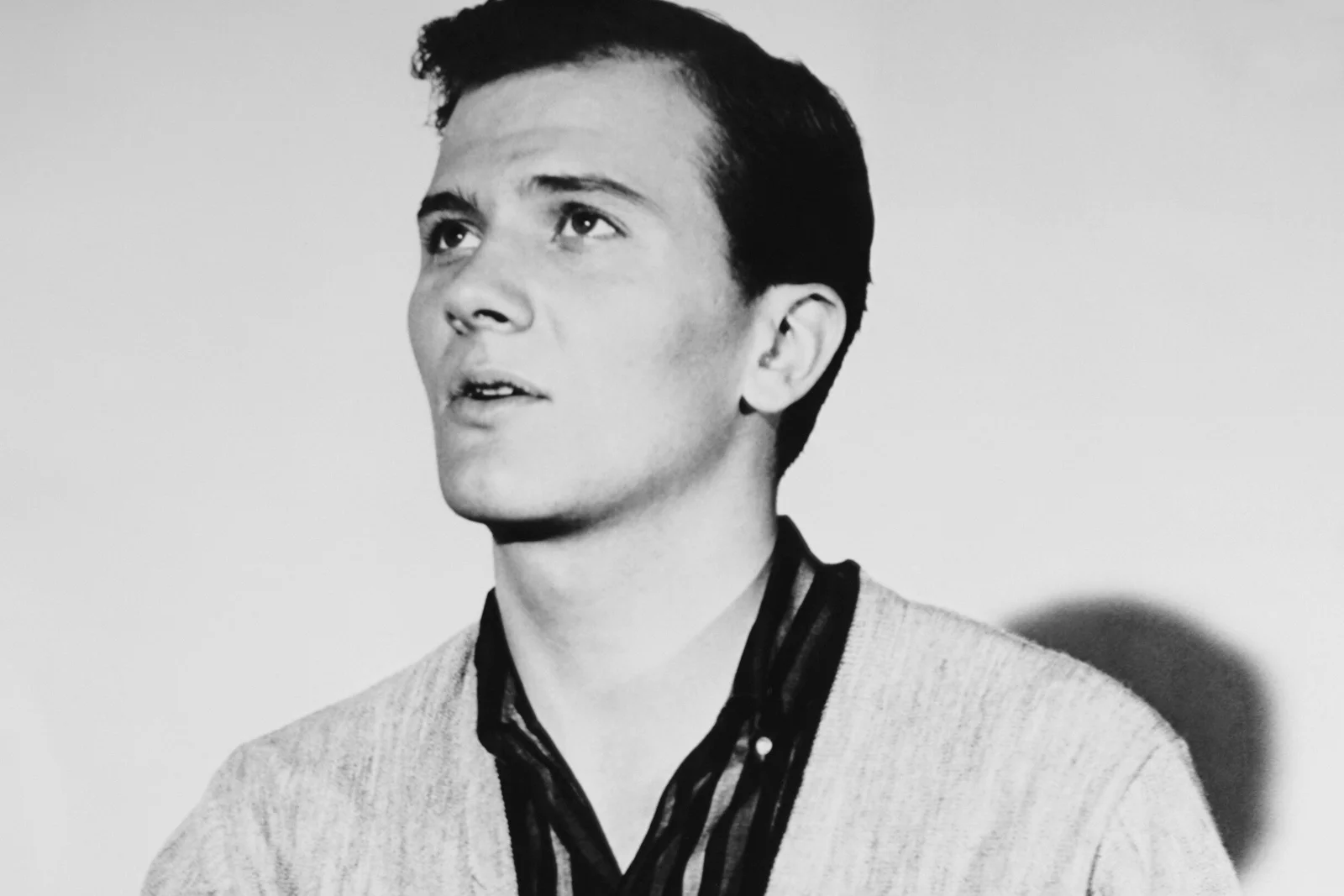
Pat Boone was the clean-cut crooner who made parents feel safe about rock and roll in the mid-1950s and early 1960s. With his wholesome image, white buck shoes, and gentle covers of rhythm and blues hits, he was the acceptable face of youth culture for conservative America. His TV specials drew massive audiences, and his albums consistently topped the charts, making him one of the most bankable stars of his era. Gospel Music Hall of Fame honors Boone for the remarkable numbers he achieved in his career.
By the late 1960s, however, the cultural landscape had shifted dramatically toward more authentic and rebellious voices. The Beatles, Bob Dylan, and the counterculture movement made Boone’s squeaky-clean persona seem outdated and out of touch. While he continued performing and even tried to adapt his image, he never recaptured the massive mainstream appeal that once made him a household name.
2. Connie Francis

Connie Francis was America’s sweetheart in the late 1950s and early 1960s, with a voice that could break your heart and a smile that lit up television screens across the country. Her hits like “Who’s Sorry Now” and “Stupid Cupid” dominated the airwaves, and she was one of the first female artists to have significant international success. She appeared in movies, had her own TV specials, and seemed destined for lasting stardom. Biography puts into perspective just how broad her range of skills became, and this was reflected in her versatile career.
The British Invasion and changing musical tastes of the mid-1960s gradually pushed Francis out of the spotlight. Younger, edgier artists captured the attention of teens and young adults who were looking for something more rebellious than her polished pop sound. Though she continued recording and performing, she never again achieved the massive commercial success that made her the queen of pop in her heyday.
3. Fabian Forte
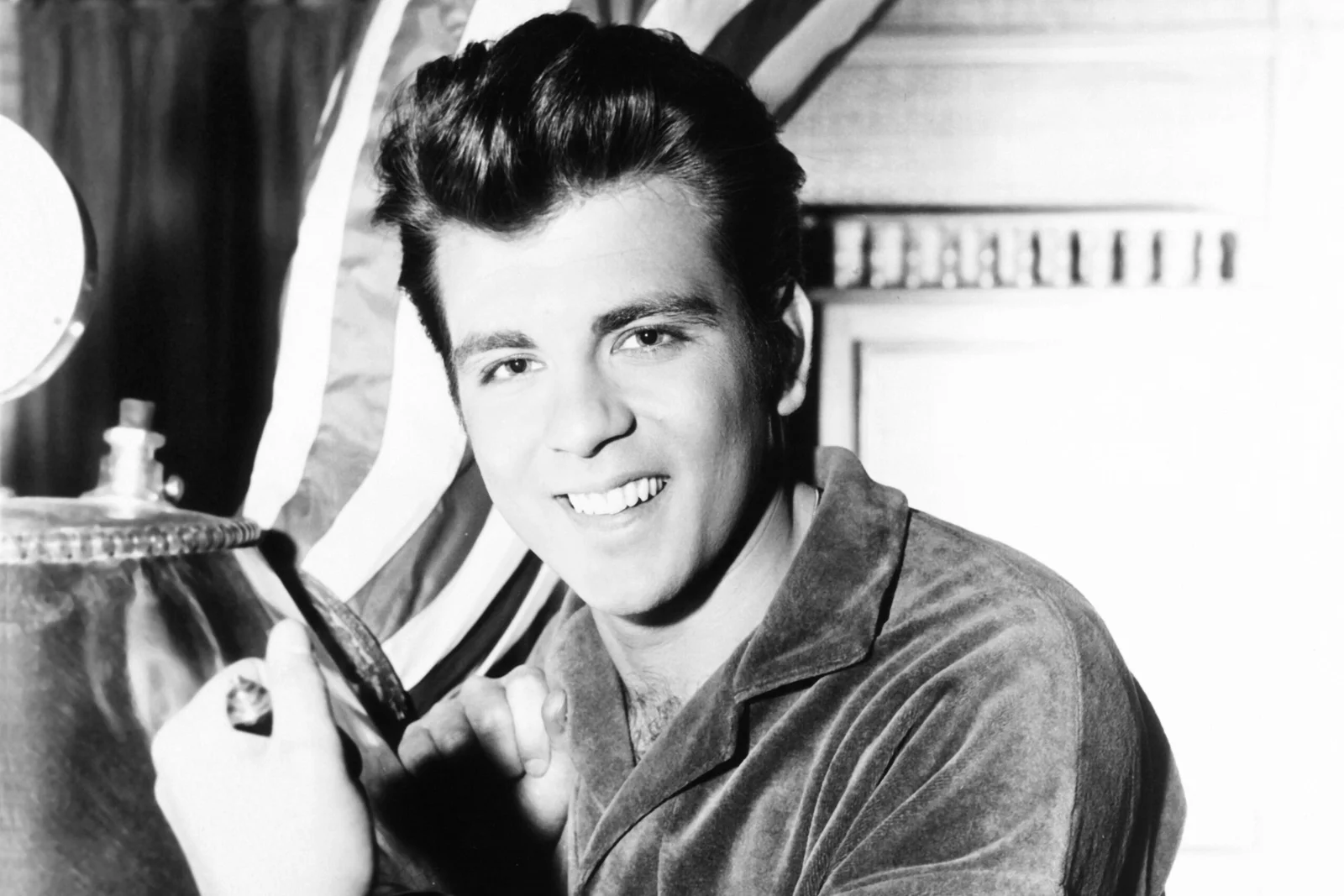
Fabian was the poster boy for manufactured teen idol success, discovered at age 14 and groomed into a heartthrob who sent young girls into fits of hysteria. His good looks and carefully crafted bad-boy image made him a sensation in the late 1950s and early 1960s, even though critics questioned his actual singing ability. He appeared in movies, sold millions of records, and was treated like teen royalty by fans and the entertainment industry alike. For those curious, Remind traced where Forte is now.
As the 1960s progressed and musical authenticity became more valued, Fabian’s carefully constructed image began to work against him. The rise of singer-songwriters and bands who wrote their own material made his reliance on professional songwriters and producers seem artificial. By the mid-1960s, his recording career had largely faded, though he continued acting and performing in smaller venues.
4. Bobby Darin

Bobby Darin was the ambitious entertainer who wanted to be the next Frank Sinatra, and for a brief, shining moment, it seemed like he might actually achieve that goal. His versatility was remarkable—he could croon ballads like “Dream Lover,” rock out with “Splish Splash,” and deliver sophisticated nightclub performances that impressed even veteran entertainers. He won Grammy Awards, starred in movies, and was considered one of the most promising young talents in show business.
The changing musical landscape of the mid-to-late 1960s, combined with his own restless artistic ambitions, led to a decline in his commercial appeal. His attempts to reinvent himself as a folk singer and political activist confused fans who preferred his earlier pop material. Though he remained a respected performer until his early death in 1973, he never quite recaptured the mainstream magic that made him seem destined for lasting superstardom.
5. Troy Donahue
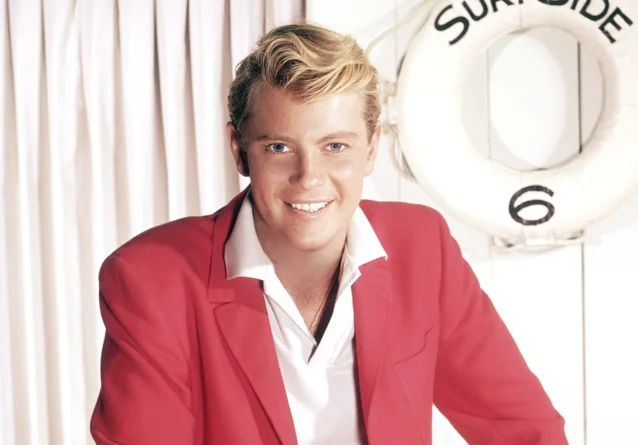
Troy Donahue was Hollywood’s golden boy in the early 1960s, with his blonde hair, blue eyes, and all-American good looks making him the heartthrob of choice for teenage girls everywhere. His roles in movies like “A Summer Place” and the TV series “Surfside 6” made him a household name and a regular fixture in teen magazines. He represented the ideal of young American masculinity and seemed to have the world at his feet.
The cultural shifts of the late 1960s, which favored more complex and unconventional leading men, left Donahue behind. His clean-cut image became a liability as audiences gravitated toward grittier, more realistic portrayals of youth and romance. Personal struggles with substance abuse further derailed his career, and by the 1970s, he was largely relegated to B-movies and television guest spots.
6. Sandra Dee

Sandra Dee embodied the perfect teenage girlfriend for early 1960s America, with her perky personality and girl-next-door beauty making her a sensation in films like “Gidget” and “A Summer Place.” She was the wholesome alternative to more sultry European actresses, representing American innocence and optimism in a way that resonated with audiences nationwide. Her marriage to teen idol Bobby Darin only amplified her celebrity status and made her seem like Hollywood royalty.
The social changes of the mid-1960s, particularly the women’s liberation movement and changing attitudes about female independence, made Dee’s ingénue image seem dated and restrictive. Audiences began seeking more complex and empowered female characters, leaving little room for the sweet, dependent roles that had made her famous. Personal struggles and the dissolution of her marriage to Darin further complicated her career trajectory.
7. Annette Funicello
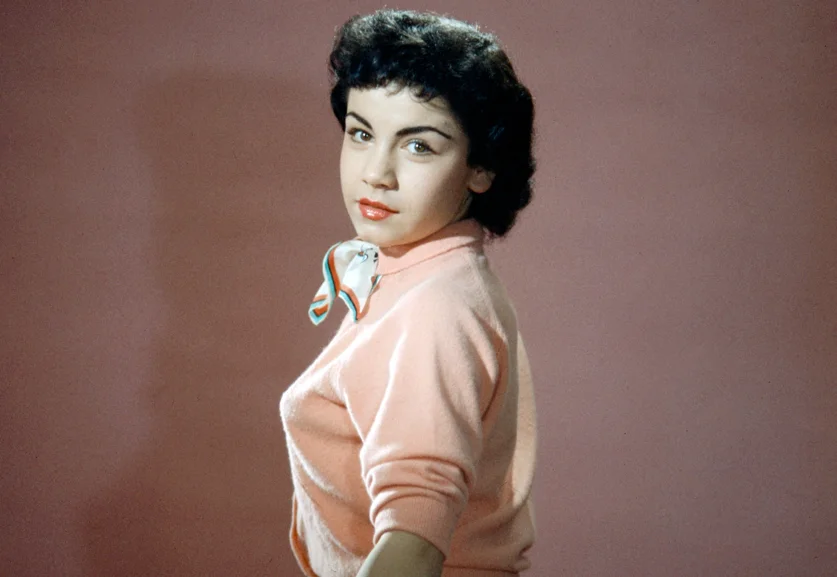
Annette Funicello transitioned from beloved Mouseketeer to teen movie queen, starring in a series of popular beach party films that defined carefree youth culture in the early 1960s. Her wholesome image and genuine likability made her a favorite among teenagers and parents alike, while her partnership with Frankie Avalon created one of the era’s most popular on-screen couples. She represented the ideal American teenager—fun-loving but respectful, attractive but approachable.
The cultural revolution of the late 1960s, with its emphasis on social consciousness and rebellion, made Funicello’s innocent beach movies seem frivolous and out of touch. Audiences were increasingly drawn to films that addressed serious social issues rather than lighthearted romantic comedies. Though she remained beloved by fans, her career opportunities diminished as Hollywood moved away from the type of entertainment that had made her a star.
8. Frankie Avalon

Frankie Avalon parlayed his teen singing success into movie stardom, becoming the king of beach party films alongside Annette Funicello in the early 1960s. His boyish charm and pleasant voice made him a safe choice for family entertainment, while his string of hit songs like “Venus” and “Why” kept him on the radio airwaves. He seemed to have found the perfect formula for lasting success in the entertainment industry.
The shift toward more sophisticated and socially conscious entertainment in the late 1960s left Avalon’s brand of innocent fun behind. The counterculture movement favored artists who challenged authority and addressed serious issues, making his lighthearted approach seem trivial by comparison. Though he continued performing and even made a successful comeback in “Grease” years later, his reign as a major pop culture force had ended by the decade’s close.
9. Ed Sullivan

Ed Sullivan was the ultimate kingmaker of television, with his Sunday night variety show serving as the launching pad for countless careers and the final word on what America would embrace. His awkward stage presence was forgiven because of his uncanny ability to spot talent and present it to the masses, making him one of the most powerful figures in entertainment. An appearance on his show could make or break careers, and he wielded this influence like a benevolent dictator of popular culture.
The fragmentation of television audiences and the rise of specialized programming in the late 1960s began to erode Sullivan’s monopoly on introducing new talent. Younger viewers were increasingly turning to rock concerts, FM radio, and emerging underground media rather than waiting for Sullivan’s seal of approval. His show was canceled in 1971, marking the end of an era when one man could single-handedly determine what constituted mainstream entertainment.
10. Lawrence Welk

Lawrence Welk was the bandleader who made “champagne music” a household term, presiding over one of television’s longest-running variety shows with his distinctive accent and old-world charm. His Saturday night program was appointment television for millions of families, offering wholesome entertainment that parents and grandparents could enjoy together. He represented stability and tradition in an increasingly chaotic world, making him beloved by a significant portion of America.
The youth-oriented culture of the late 1960s viewed Welk’s music as hopelessly square and out of touch with contemporary tastes. The generation gap widened dramatically during this period, and Welk found himself on the wrong side of cultural relevance as rock and roll dominated the musical landscape. While his show continued successfully for many years, he was increasingly seen as a relic of an earlier, more conservative era.
11. Steve Allen

Steve Allen was the Renaissance man of television, pioneering the late-night talk show format while also composing songs, writing books, and performing comedy with remarkable versatility. His intellectual approach to entertainment and his ability to engage with high-profile guests made him a respected figure in broadcasting circles. He seemed to embody the ideal of the thinking person’s entertainer, combining humor with genuine insight and cultural commentary.
The rise of Johnny Carson and the more casual, personality-driven approach to late-night television gradually overshadowed Allen’s more formal and educational style. Audiences began preferring entertainment that felt more spontaneous and less intellectual, favoring Carson’s Midwest charm over Allen’s New York sophistication. Though Allen continued working in various capacities, his influence on popular culture diminished as television evolved toward more accessible formats.
12. Arthur Godfrey
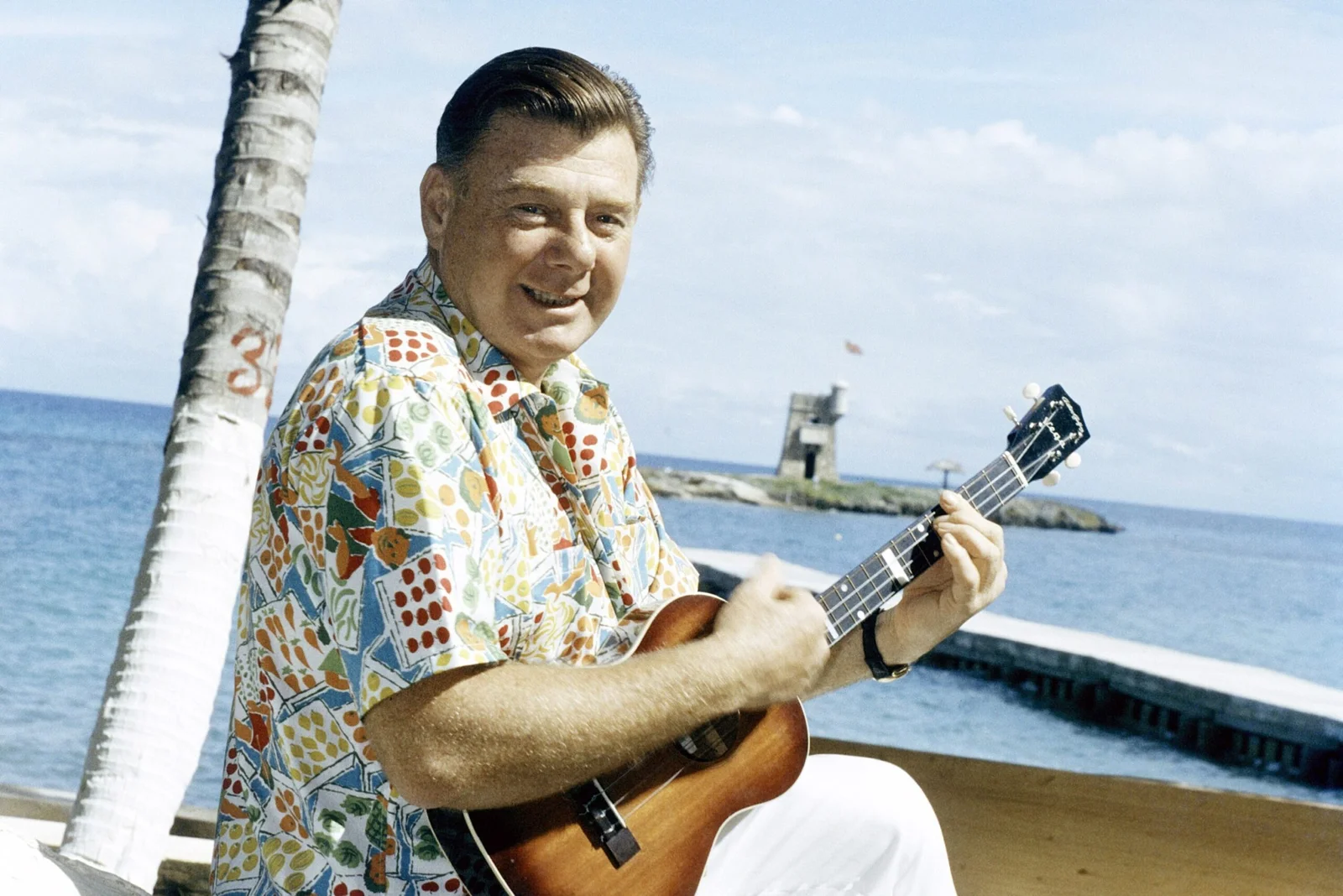
Arthur Godfrey was the folksy radio and television personality who made millions of Americans feel like they were visiting with a trusted friend, earning the nickname “The Old Redhead” and commanding enormous influence over consumer purchasing decisions. His ability to sell products through genuine-seeming endorsements made him incredibly valuable to sponsors, while his down-to-earth personality kept audiences loyal for decades. He was essentially the grandfather figure of broadcasting, beloved for his warmth and apparent sincerity.
The revelation of his sometimes difficult behind-the-scenes behavior, combined with changing tastes in television personalities, gradually eroded Godfrey’s public image and influence. Audiences began to prefer entertainers who seemed more genuine and less manufactured, and several public relations missteps damaged his reputation for folksy authenticity. By the late 1960s, his star had dimmed considerably as television moved toward more youth-oriented programming and different types of celebrity personalities.
These twelve icons remind us that fame is often temporary, but the joy they brought to millions during their heyday remains a cherished part of our collective memory. They were the soundtrack to our youth, the faces that smiled at us from magazine covers, and the voices that filled our living rooms during simpler times. While the world may have moved on to embrace new stars and different sounds, those of us who lived through their golden moments will always remember when they ruled the entertainment world with grace, talent, and an innocent charm that seems increasingly rare in today’s complex cultural landscape.

